Building a new, better SDR BY JAYATI
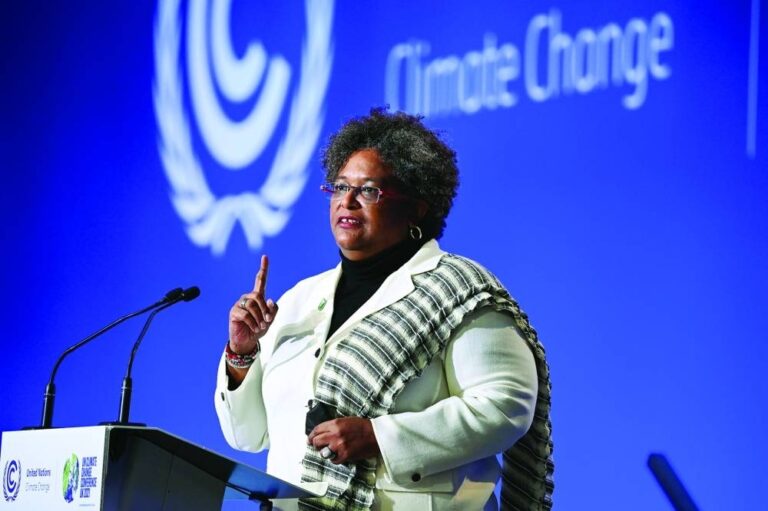
With much of the developing world teetering on the edge of a debt crisis, the calls for a new issuance of special drawing rights (SDRs, the International Monetary Fund’s reserve asset), have grown louder and more urgent. But to have the desired effect, the International Monetary Fund (IMF) must modify its allocation criteria and clarify how SDRs can be used to support low- and middle-income countries through the current economic turmoil.
One proposal currently being considered is to expand SDR allocation beyond individual countries to include multilateral development banks and dedicated funds. The idea of channelling SDRs to multilateral institutions like the World Bank and regional development banks, which are uniquely equipped to assist emerging and developing countries, has become increasingly popular in recent years.
The Bridgetown Initiative, led by Barbadian Prime Minister Mia Mottley, has called for a new issuance of SDR500bn ($650bn) “or other low-interest, long-term instruments” to support the creation of a multilateral agency that would accelerate “private investment in the low-carbon transition, wherever it is most effective.”
Similarly, the recent report by the High-Level Advisory Board on Effective Multilateralism (of which I was a member) recommends the “immediate, and thereafter regular” annual issuance of additional SDRs to aid countries facing foreign-exchange shortages. The report also suggests that IMF shareholders amend the organisation’s Articles of Agreement to permit “selective SDR allocation.” This proposed change aims to facilitate a more targeted and effective distribution that prioritises the most vulnerable countries over the world’s largest economies, which receive the lion’s share of SDR allocations under the current rules.
Another proposed amendment stipulates that “specific conditions” would automatically trigger SDR allocations to ensure a “swifter global response.” Notably, the report emphasises that eligibility for SDR allocation should not be conditional on the recipient country adopting an IMF-supported fiscal consolidation program.
Unfortunately, these proposals were not even discussed during the Spring Meetings of the IMF and World Bank in April. But we must continue to pursue these reforms, because increased international liquidity, delivered in a timely and efficient manner, is needed more than ever.
By modernising the outdated system of SDR allocation, the international community could also narrow the climate-finance gap. But, first, the many developing countries currently at risk of a severe debt crisis must receive immediate budgetary support. Unless we create a global financial safety net, the United Nations Sustainable Development Goals stand little chance of being met.
The ongoing financial turmoil highlights the current system’s inherent inequities. Over the past few weeks, governments that control global reserve currencies, such as the United States and Switzerland, have pumped massive amounts of liquidity into the banking sector to rescue private banks. In contrast, debtor countries that have applied for debt relief under the G20’s Common Framework for Debt Treatments have been waiting for years for a fraction of those sums.
The sovereign-debt crisis currently engulfing the world’s poorest countries, which also happen to be the countries most affected by climate change, requires immediate action. At a minimum, low- and middle-income countries grappling with balance-of-payments challenges should be given the opportunity to bolster their foreign-exchange reserves through a new SDR allocation.
But even if a fresh allocation is eventually agreed upon, countries must understand how to make the most of it. Unfortunately, the IMF’s vagueness on this issue has caused much confusion, with some asserting that SDRs belong to central banks, not governments, and others insisting that they are loans rather than assets distributed by the IMF.
Consequently, many recipient countries’ newly allocated SDRs simply augment foreign-exchange reserves. While this can have a positive impact by increasing a country’s perceived creditworthiness, it can also hinder more effective uses of SDRs, particularly in times of acute shortages and fiscal constraints.
The Ecuadorian economist Andrés Arauz has highlighted these concerns, arguing that there is no legal basis for central banks to appropriate SDR allocations. The IMF’s own guidance says that members “enjoy a large degree of freedom in how to manage the SDRs allocated to them,” including the extent to which “central banks are involved in their management and whether the budget can directly use them for budget support.” According to the Fund, SDRs are “allocated and held by the member and instructions for its use come through the fiscal agency of the member” (emphasis added). In other words, governments can use SDRs as they see fit.
The confusion over the nature and status of SDRs stems, in part, from the IMF’s own misclassification of these assets. As Arauz points out, prior to the release of the IMF’s latest balance-of-payments manual (BPM6) in 2009, SDR allocations were treated as equity rather than as liabilities that recipient countries must repay. The BPM6, however, reclassified them as liabilities, essentially treating them as debt. This change, which was made without clear reasoning or transparent discussion, must be contested, because it can deter the use, transfer, and recycling of SDRs, preventing allocations from fulfilling their potential.
Some countries, particularly in Latin America, have demonstrated creativity in their use of SDRs. Ecuador, for example, used them to finance its 2021 investment plan. The same year, Paraguay channelled its allocation to investments in health, education, housing, and other public expenditures, and Argentina used its $4.6bn allocation to pay off maturing debt, fulfilling its obligations to the IMF.
In other countries, central banks’ perceived role as the custodian of SDRs did not completely restrict alternative uses. Colombia, for example, used SDRs to facilitate a domestic debt swap between the government and the central bank and generate short-term liquidity. Although Mexico’s central bank asserted its ownership of the country’s SDRs, the Mexican government acquired international reserves from it through a currency exchange in late 2021.
The current crisis is an opportunity to construct a fairer, more sustainable international monetary system. A sensible reform agenda must include increased SDR issuance and the creation of more efficient and equitable distribution mechanisms. To achieve this, the G7 countries, as the IMF’s largest shareholders, must demonstrate a modicum of wisdom and leadership. — Project Syndicate
l Jayati Ghosh, Professor of Economics at the University of Massachusetts Amherst, is a former member of the UN Secretary-General’s High-Level Advisory Board on Effective Multilateralism.

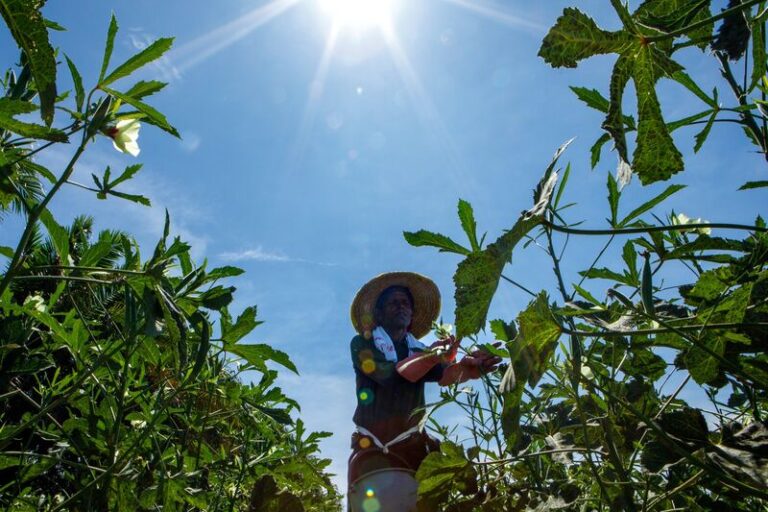
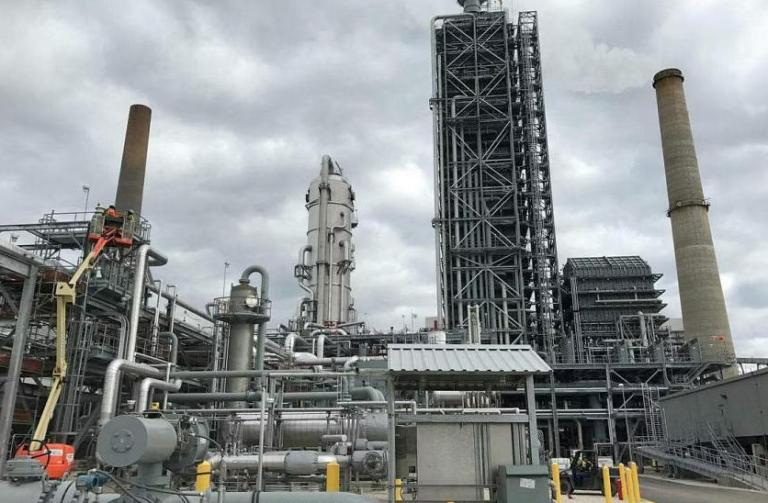
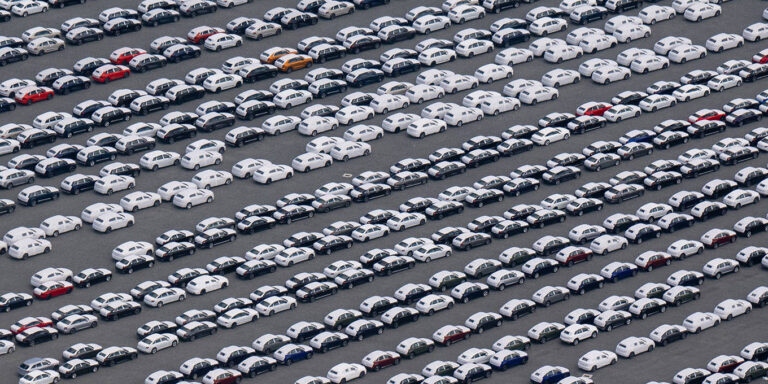



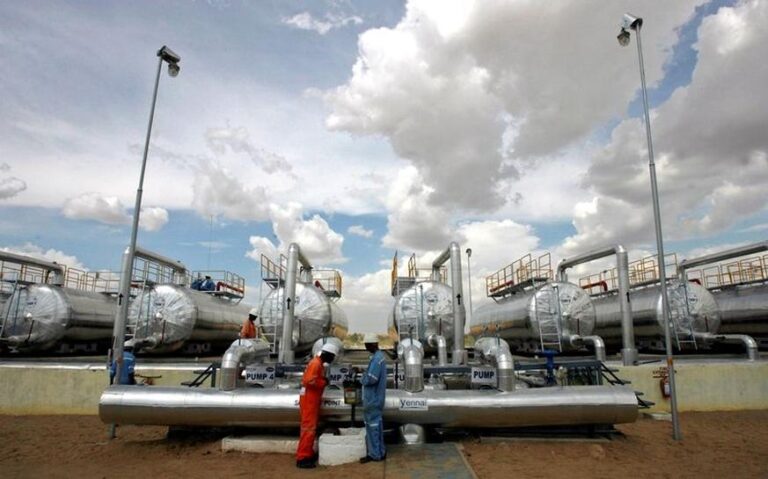

NEW HAVEN – Now that the falsehoods and obfuscation of climate denialism have finally been silenced, addressing climate change has become the world’s top priority. But time is running out, and the International Monetary Fund warns that any further delays on implementing policies to mitigate global warming will only add to the economic cost of the transition to a low-emissions economy. Worse, we still lack a concrete, pragmatic strategy for tackling the problem. Although economists have made a robust case for why carbon taxes are the best solution, this option has proven politically infeasible, at least in those countries that account for some of the highest emissions (namely, the United States).
Commentators have also stressed that climate change is a shared problem involving important cross-border externalities that must be addressed through a multilateral approach to global coordination. But, as with carbon taxes, this argument has fallen on deaf ears. And, given the current geopolitical climate and the increasing fragmentation of the global economy, there is little hope that the message will get through anytime soon.
Having committed to assisting developing economies as they confront climate change, the World Bank finds itself limited by the country-based model underlying its financing operations. It is earnestly weighing its options and considering how it could coordinate climate-related financing across borders. But while such efforts are well meaning and consistent with the spirit of multilateralism, they inevitably will delay concrete action. World Bank financing would have to be completely restructured, and coordinating action across multiple countries that have limited financial resources and often conflicting interests seems an impossible task. For example, while some developing economies are rich in fossil fuels, others are starved for energy sources.
Given these limitations, pragmatism dictates focusing on the biggest polluters. Global carbon dioxide emissions are concentrated among only a handful of countries and regions. China, the US, the European Union, Japan, and Russia collectively account for 63% of the total, and none of these top polluters is a low-income country anymore. China, the poorest of the group, represents around 30% of all emissions, making it by far the world’s largest current polluter in absolute terms. But its government is taking steps to accelerate the transition to green energy – a winning strategy, given the country’s abundance of rare earth metals.
India, the third-largest emitter, currently accounts for approximately 7% of global CO2 emissions, and its size and growth trajectory imply that it could easily surpass China as the leading polluter, barring stronger climate policies. In fact, when it comes to helping developing countries decarbonize, considerable progress could be made simply by targeting India alone. The big advantage of this strategy is that it would avoid the paralysis associated with attempts to adopt a multilateral approach in an increasingly fragmented world.
This does not mean that we should eschew projects aimed at climate mitigation or adaptation in other countries. But we would not need to wait until everyone is on board before doing anything. Those insisting on a multilateral approach should learn from the experience of the ultimate multilateral institution: the World Trade Organization. Its requirement that every single provision in every multilateral agreement gain unanimous support has left it increasingly paralyzed, prompting demands for institutional reform.
Of course, India is not low-hanging fruit. It is rich in coal and has little incentive (beyond the health of its citizens) to hasten the transition to green energy. In focusing on India, we would need to employ the carrot, not the stick.
Since the stick generally takes the form of pressure to implement carbon taxation, it is a non-starter. A tax would be ineffective, because it would incite massive domestic opposition (as has been the case in the US). It would also be morally objectionable, because it is unfair to ask a lower-middle-income country to bear the burden of reducing CO2 emissions when rich countries (like the US) have failed to do the same. Moreover, even if China and India are now two of the world’s biggest polluters, they bear little responsibility for the past, cumulative emissions that led to the current climate crisis.
That leaves the carrot, which would come in the form of tax incentives or subsidies to support green energy. When paired with other policies, these can ease firms into adapting to higher environmental standards (such as those associated with a cap-and-trade program). But such policies are expensive, which means that tackling climate change will require richer countries to help finance them. Whether or not India becomes the new China, it is still in our power to ensure that it does not become the new outsize polluter.
https://www.project-syndicate.org/commentary/climate-change-prioritize-top-emitters-over-multilateralism-by-pinelopi-koujianou-goldberg-2023-05